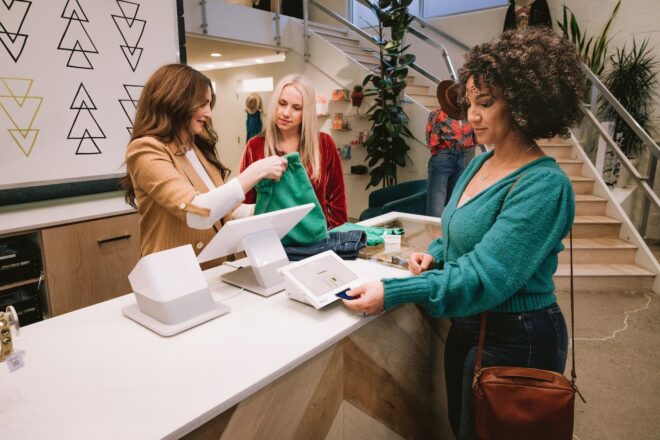Turning your side hustle into a thriving small business can be daunting, but can also reap lots of rewards. Those who’ve made the leap from working for someone else to working for themselves have created idyllic lifestyles for themselves. However, there are a few things you should consider before you start a side hustle or leap into a small business.
1. Choose the right side hustle for yourself
There are many profitable ways to make extra money–you can offer personal training, tutoring, dog walking, or other kinds of services. However, when considering a side hustle idea, it’s important to choose something that you enjoy and that you see yourself doing both now and later. The best side hustles are often the ones you’re passionate about and could see yourself enjoying in the long run.
When choosing a side hustle, it’s also helpful to research the market to see whether there’s a need for it–and whether it could turn a profit. Check out social media to see if there’s a demand. Ask business owners who offer services similar to those you’re interested in about how it’s going for them–and take notes on what they do that helps them stand out and succeed. It’s also a good idea to set aside time you can dedicate to your new side hustle.
2. Use the right tools to track your business
When starting a new venture, it’s a smart idea to monitor and track your progress. Doing so can help you determine areas of growth and ways to improve various aspects of your business.
One of the best ways to grow your business is to gather feedback from customers and share it with prospective customers–on your website, social media, and even in any marketing collateral you put together. While you can gather feedback on your own, investing in a powerful POS system that can help you collect customer feedback can save you time and potentially boost business.
Designed for small businesses of all shapes and sizes, Clover POS systems helps you accept just about any kind of payment–credit cards, debit cards, gift cards, and contactless payment–anytime, anywhere. What’s more, a Clover POS system comes with Clover Customer Engagement, offering a private feedback channel where you can interact with your customers. Even better, this feature allows you to collect customer feedback and chat directly with customers about any issues they may have.
A Clover POS system also lets you track sales, manage employees, and streamline operations–no matter how large or small your side gig is. It’s completely customizable with apps from the Clover App Market, so you can set up your business quickly and right-size it for your needs. And, Clover’s powerful analytics tools help you gain real-time insights into sales trends and data driving your business. Understanding how your business is performing can help you determine when the time is right to transition your side hustle into a full time gig.
3. Ensure your side gig is thriving before going full time
How do you know the right time to transform a side gig into your full-time gig? Just follow the money. Making a sizable and steady profit from your side business is a strong indicator that your business is in demand and could help sustain you. Having a steady stream of recurring customers is another good indicator that your business may be ready to support you full-time. And, keeping customers engaged with rewards, promos, and a way to provide feedback is key to retention.
4. Have a cash reserve on hand
Before you take a well-run humming side gig full time, be sure to have a cash reserve set aside to help you and your side business through the transition into your primary business. Just how much cash you’ll need is up to you–a good rule of thumb, though, is to have somewhere between three to six months of expenses set aside to keep you and your business going as you transition into a full-time business.
More importantly, having extra cash available offers you flexibility, a safety net, and peace of mind as you transition full-time into your growing business. Simply, it can help you feel more secure as you quit your full-time job and step into your new venture.
5. Try new ways of engaging customers to grow your business
Transitioning a side gig into a full-time business means that you’ll be able to focus more time and attention on growing your business–and that means trying new ways to increase the profitability of your business. Consider, for instance, creating online promos and competitions to improve customer retention, investing time to research new-to-you ways to increase customer loyalty, or winning back any customers you may have lost along the way.
Turning your side hustle into your full-time job can be an exciting time–especially when you have the right tools to grow your business. The powerful Clover POS system can help you manage many aspects of your business–and, of course, give you the power to accept just about any kind of payment anytime, anywhere. Remember, too, that the Clover team is here to help you as you select the POS system that’s best for your business.






